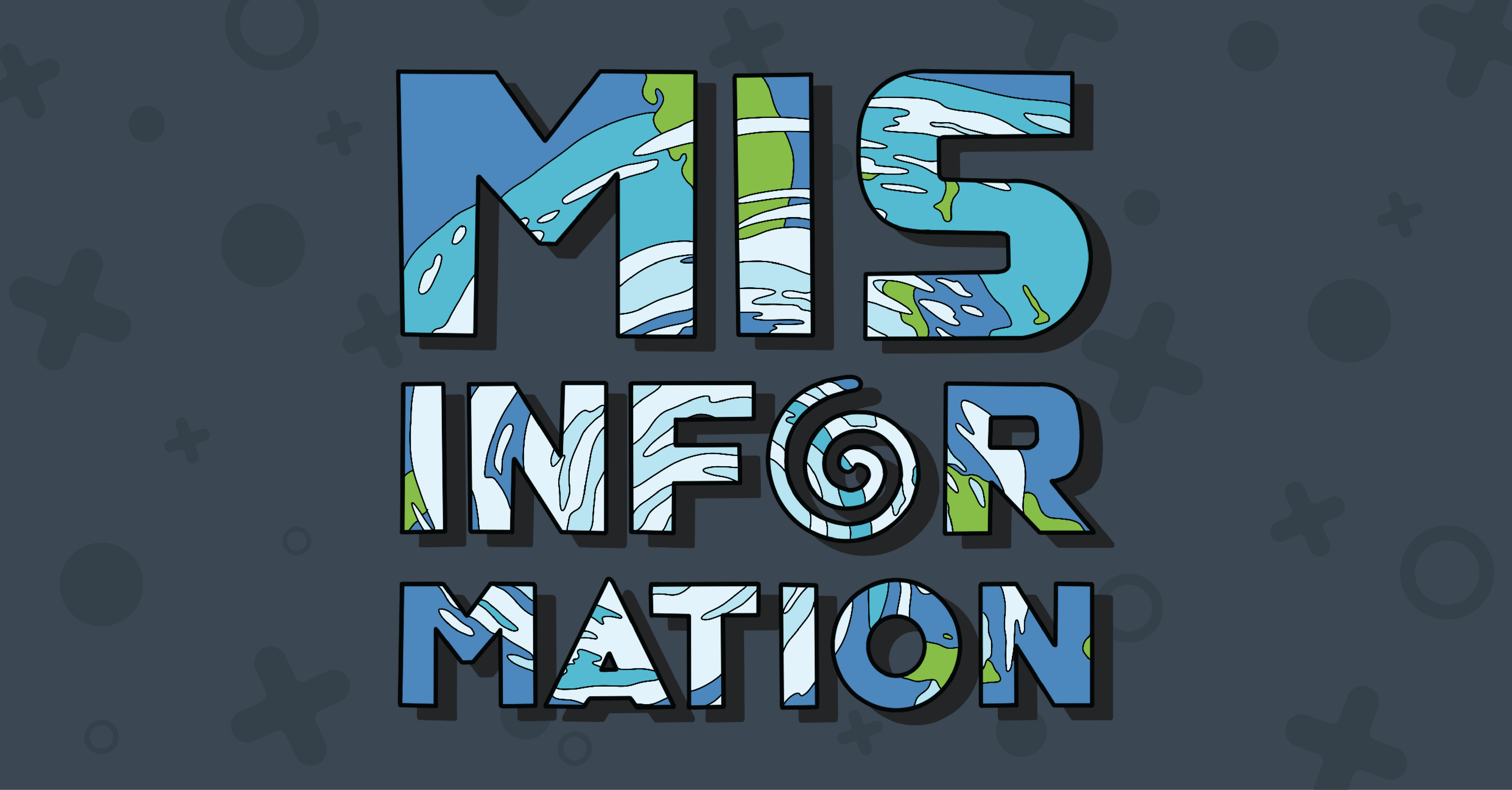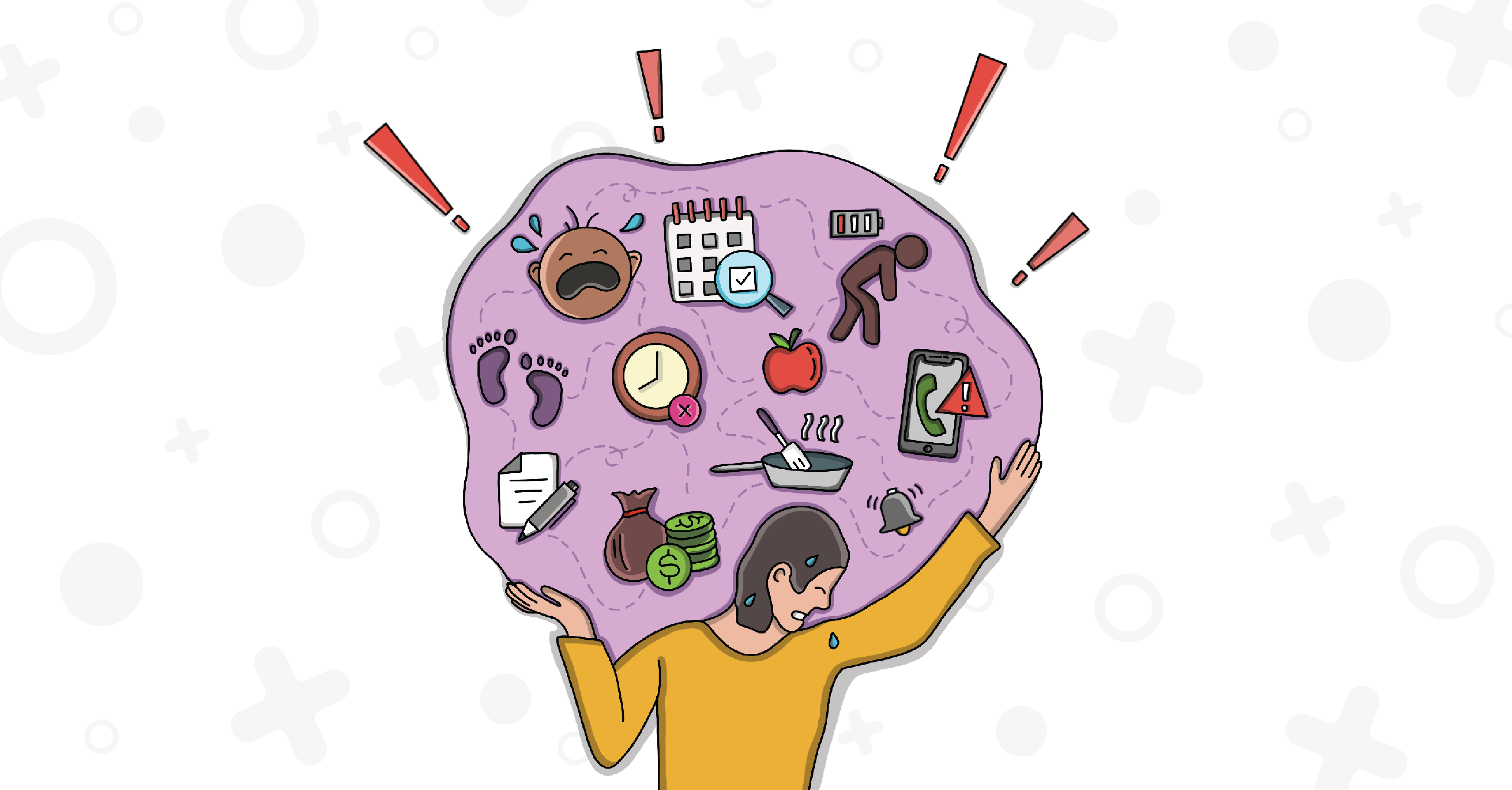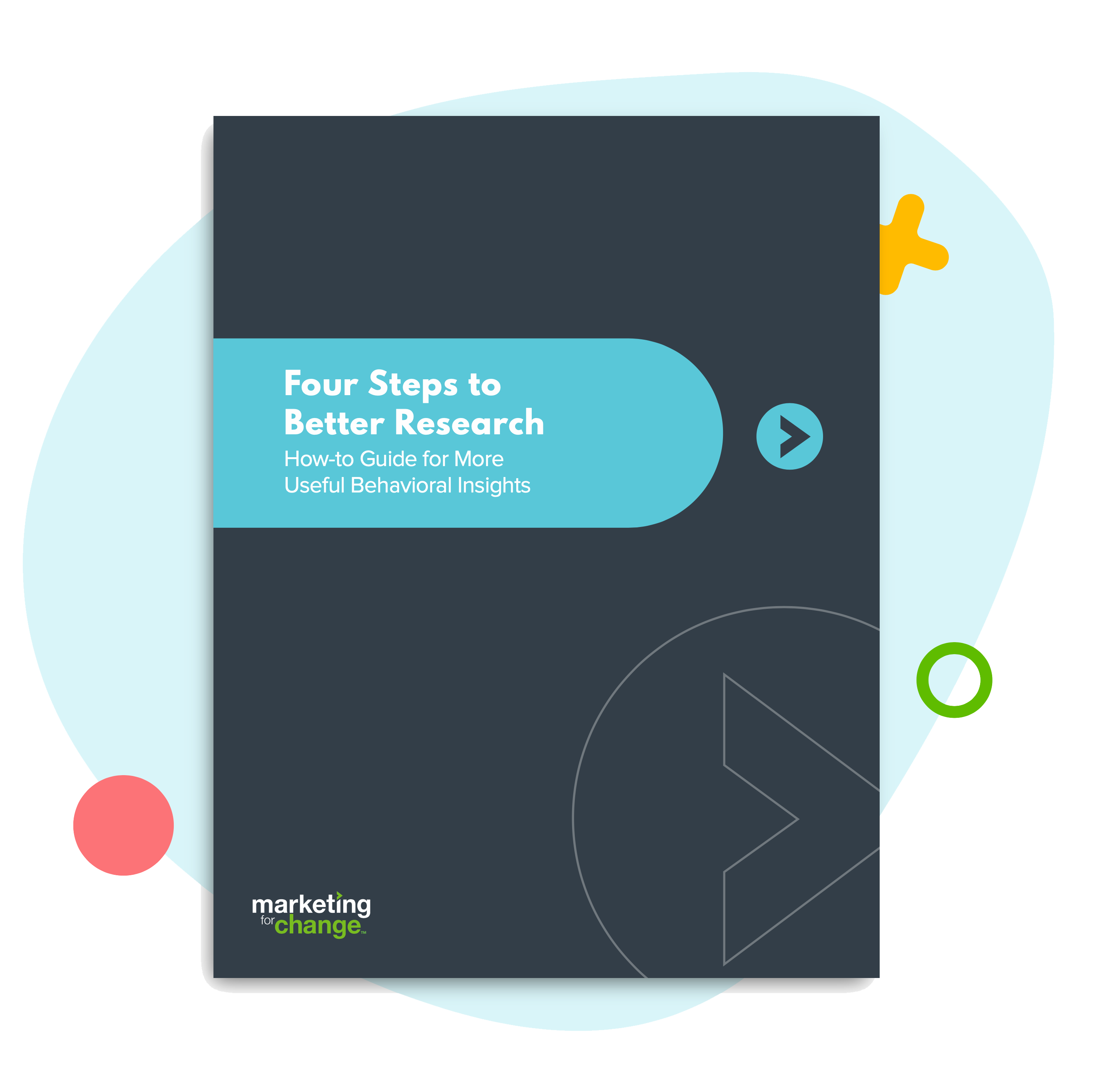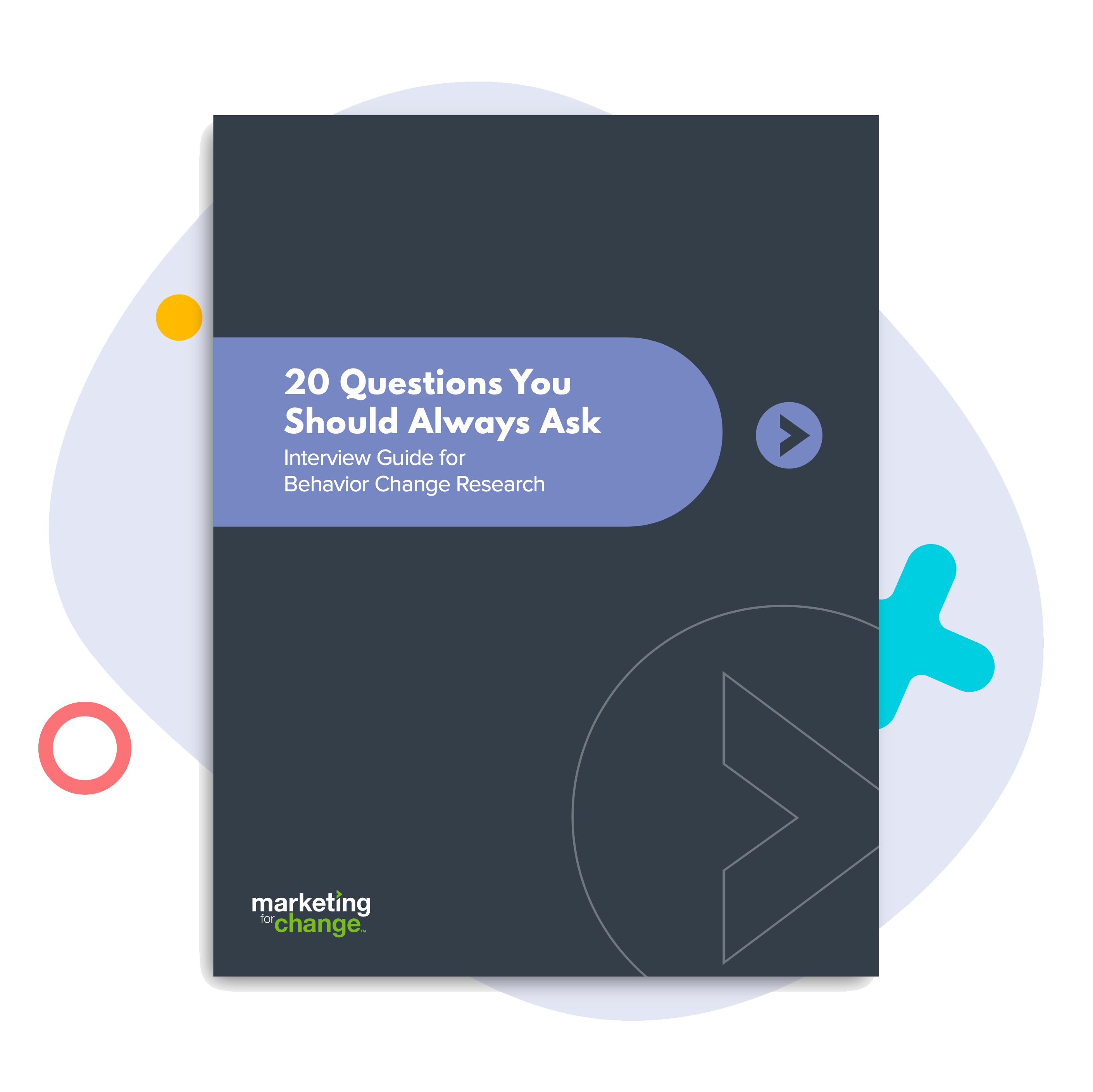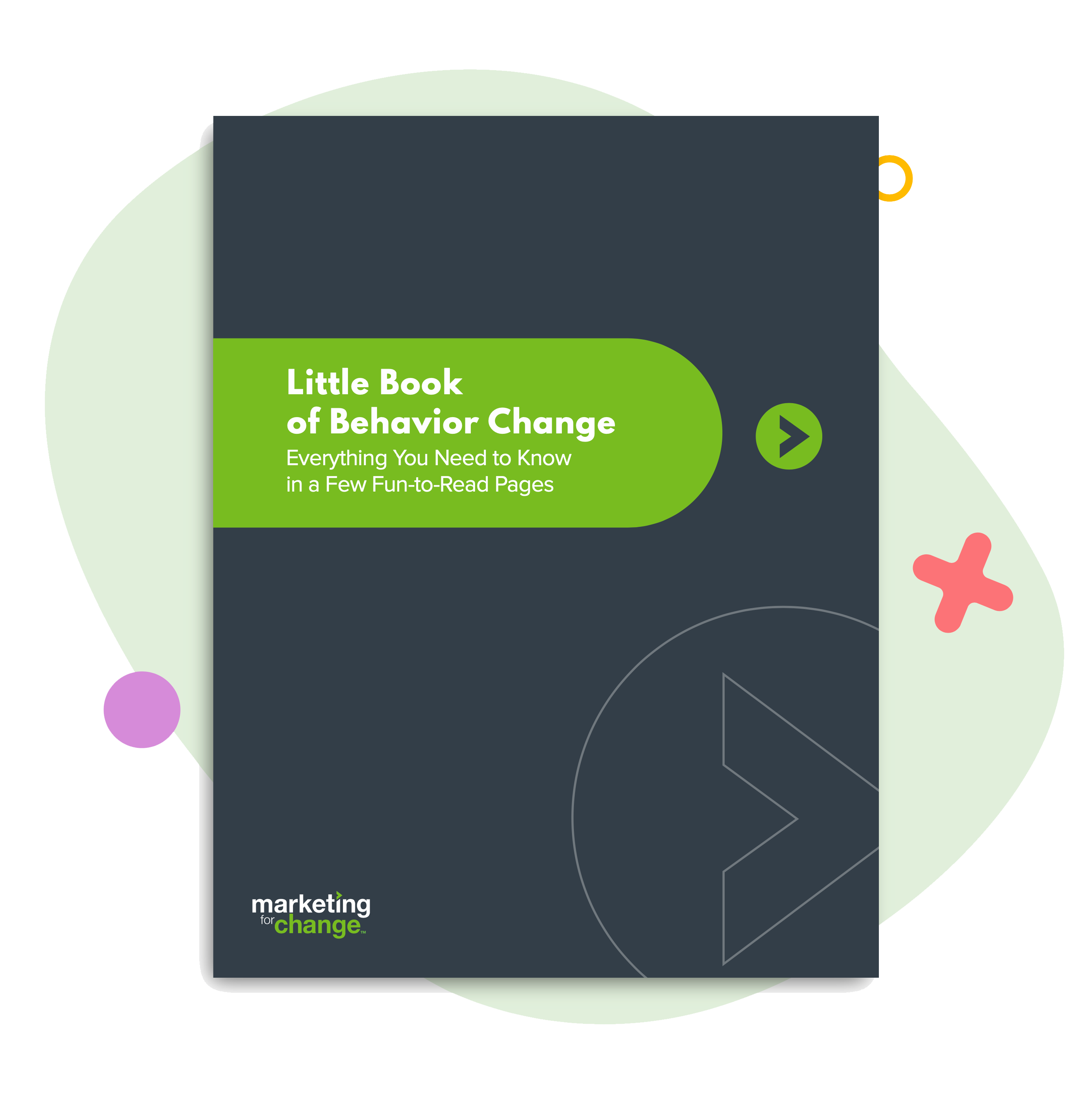
Why You Need to Listen Deeply — And Doubt What People Say
“Pure” behavioral scientists hate market research. One BeSci professor of mine was so vitriolically dismissive of consumer research that a student whose professional work depended on market research quit the program.
I asked this professor why they hated market research so much. The best I could parse the answer, the main complaints were:
- Research that relies solely on self-report is flawed (true).
- A lot of market research is badly done (also true).
But in response, I think it’s fair to say that “pure” behavioral science also has its limitations, including:
- Experiments done with tiny and/or unrepresentative samples — such as students in college labs or tech-savvy survey takers on Amazon Mechanical Turk — are flawed.
- A lot of behavioral science is badly done, too.
So what’s a person who wants to change behavior supposed to do?
I am a practitioner who “sells” behaviors that target audiences generally don’t really want to do — or maybe they kinda sorta might want to do them some magical day in the future when they have more time and less stress — a day that never actually arrives.
But my agency manages to regularly get people to change their behavior — to buy fewer sugary drinks or to take all the complicated steps required to vote from abroad. Why? There are a number of reasons. But a key reason is that our work is based in market research and fueled by BeSci insights and skepticism.
Good behavior change work requires deep empathy for the target audience — and to do that, you need to listen. And listening well generally requires market research.
While there are some helpful tools for scraping and analyzing online conversations, to date there is no viable substitute for hearing directly from your audience if you need insights into the emotions, needs states and values that (often unconsciously) drive behavioral decision-making.
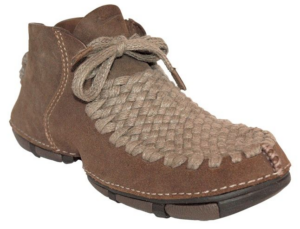
Do Nike customers want to protect the environment? Yes, but they also want a shoe that they like.
But empathy without an understanding of human nature leads to well-meaning campaigns that don’t work. For example, if you listen to people who tell you they want to buy sustainable products — but haven’t learned from the behavioral science that shows pro-environmental values rarely drive purchasing decisions unless they are “bundled” with another feature consumers value — you’ll end up with a product like Nike’s first sustainable shoe, a disaster that critics dubbed the Air Hobbit and poor sales tanked in less than a year.
What Descartes got wrong and why it matters
The biggest mistake market researchers make is to ask people logical questions. The biggest mistake behavior change marketers make is to ask people logical questions about socially responsible behaviors.
If you ask logical questions, you get logical answers — and behavioral science shows us in new ways every day how little logic drives decision-making.
Oh, we humans think we are logical. Actually, we feel we are logical. And choice supportive bias means we can logically explain why we made pretty much any decision that we’ve made, no matter how irrational it might appear to an objective observer.

Damasio details how emotions drive behavior.
Perhaps more importantly, neuroscience shows us that we need emotions to make good decisions. (Note: emotions can also lead to bad decisions. This is what makes behavioral science so much fun).
Descartes’ error was to think the mind and the body were separate when the two actually work together — and emotions are important to both. Somatic markers — physical reactions in the body associated with emotion (think heartbeat, sweaty palms) — are essential to good decision-making, as multiple neuroscience experiments have shown.
And when it comes to socially responsible behaviors — like, for instance, driving slower, giving up soda or getting a sewer pipe inspection (yes, we’ve sold that behavior, too) — this is where research can really fall short.
If you ask people what others “should do” or even about their own behavioral intentions, their answers will often be designed (consciously or not) to show how socially responsible they are.
In the moment, people often mean it when they tell you that speed kills and people should drive more slowly. But then they get in their car late for an appointment and hit the gas.
What does better market research look like?
As behavior change marketers, my agency has adapted a pragmatic approach to campaign strategy development that goes something like this:
- Do market research — just do it better.
- Learn from behavioral science where to be skeptical about what people say.
So what does doing market research better look like?
I had the honor a month ago of presenting at the IIEX – Behavior conference in Chicago. Behavioral science-focused market researchers gathered for a day and a half to share really cool ways they are optimizing market research to better predict and promote behavior.
A few enticing developments:
- Incorporating narrative psychology. Kristian Aloma, founder & CEO of Threadline and a lecturer at the Kellogg School Center for Nonprofit Management, is doing groundbreaking work on incorporating insights from narrative psychology into market research.
Humans think in narratives and Threadline elicits and analyzes stories in a way that digs beneath innate ego-protective responses to better understand how people think and feel and, importantly, to develop brand positioning that lets consumers play the hero in their personal narratives. (How many risk-based behavior change campaigns misstep by making the target audience into the villain — like Boston Public Health’s 2011 Fat Smack campaign?)
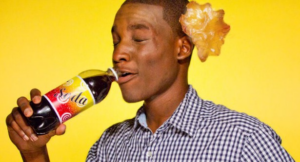
Is your campaign narrative making your target audience a hero or a villain?
Importantly, in their research Threadline asks people to tell a story about something that actually happened – for example, the most recent time they engaged with a product or behavior. Without concrete details, people tend to often unconsciously fill in the narrative gaps to create a coherent narrative — especially a coherent narrative that presents them in the best light to themselves and others.
- Using artificial intelligence to analyze video feedback. Started by two Gen Zers while they were in college, Knit uses AI to analyze TikTok-style videos submitted by their online panel participants. This approach not only takes advantage of how digital natives prefer to provide feedback, it also allows rapid analysis and AI theme identification.
AI, including computer recognition of 7 universal facial expressions linked to core emotions, and neuromarketing techniques are rapidly becoming more accessible to market researchers. Both detect reactions that consumers sometimes aren’t willing to reveal or perhaps aren’t even aware of themselves.
- Understanding the impact of behavioral determinants. And, of course, there is Marketing for Change’s own Behavioral Determinants Framework, which we often shorthand as Fun, Easy and Popular. Our framework allows us to quickly develop hypotheses about which behavioral determinants — such as social norms, self-efficacy, or common biases — can be leveraged or must be overcome to motivate action.
We then incorporate these determinants into messages that we test with a target audience to produce an emotional-response matrix that allows us to predict which are the most powerful.
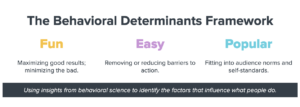
You can’t believe everything people tell you. But if you want an effective behavior change campaign, listening to your audience is always a good place to start.

Sara Isaac is Chief Strategist at Marketing for Change.



